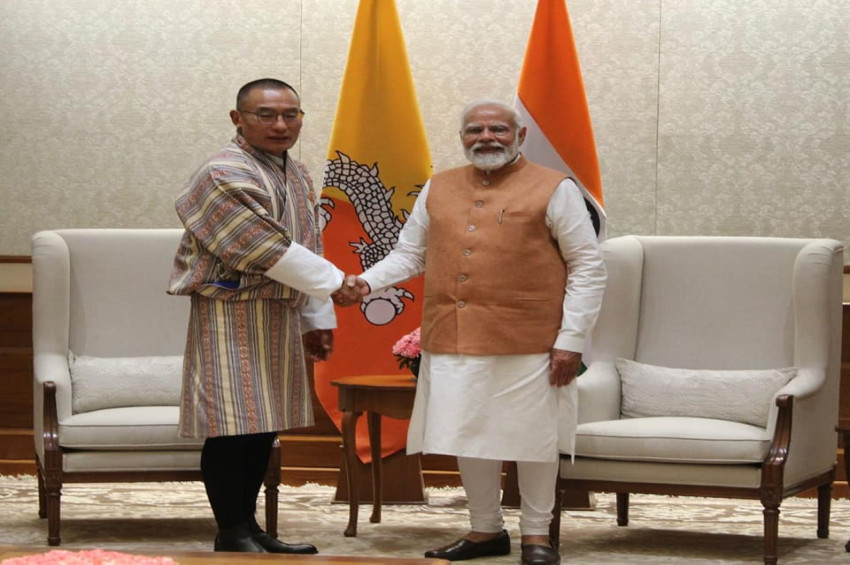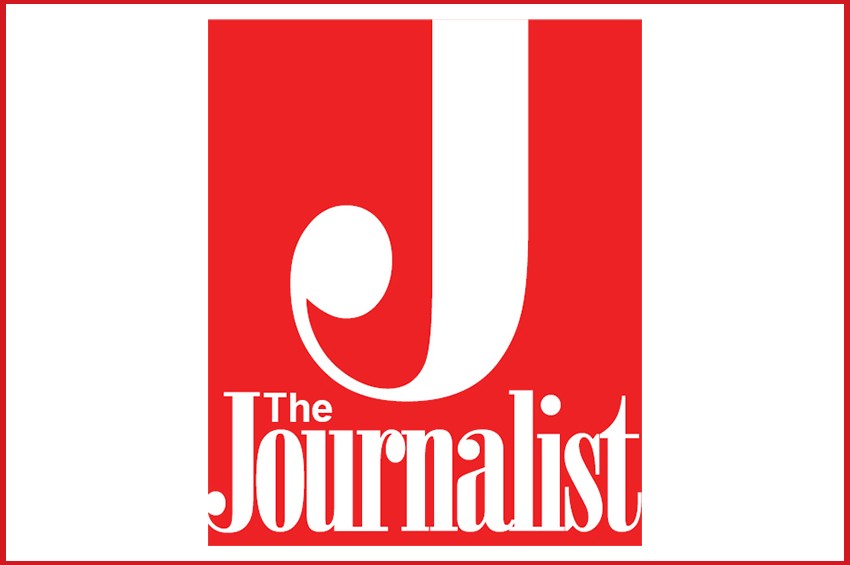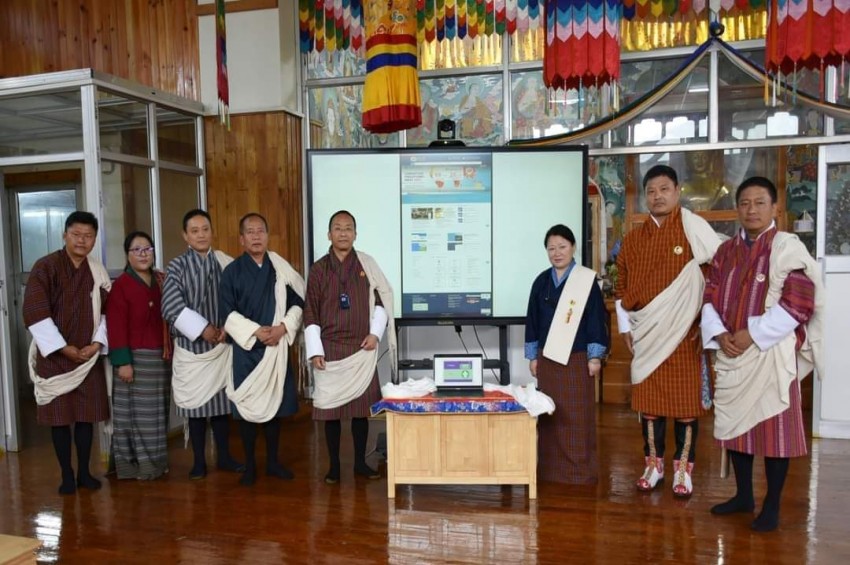Tenzin Choden/ Thimphu
Defining the roles of women in the political setting, to narrow gender gap at local government (LGs) level, and the significance of women’s participation in local government – hosts of factors were discussed around women’s participation in local government.
Less than one per cent represents women in decision-making positions at local level and at national level.
“Decision-making positions across local governments represented at less than one per cent,” said Executive Director, Bhutan Network for Women Empowerment, Phuntshok Chhoden at Gender and Development Workshop themed, Women’s Participation in Local Government. “2/3 of unpaid care-work in Bhutan contributed as high as 11 per cent while men contribute just 5 per cent of Gross Domestic Product by women who make up 48% of the population.”
She also states that “looking at the women representation in the parliament, Bhutan is at a historical high with 15.1 per cent representation. Looking further, the good women representation in civil service and holders of constitutional posts shows improvement in women participation, it also encourages other women to partake in nation building task.”
Women at the helm of leadership make reforms for the women that are often missed by male leaders, and also create enabling environment for women to participate in everything.
“As other women leaders, I have also been driven to pay more focus naturally on issues concerning women," said the Gup, Gesarling Gewog in Dagana, Pema Wangmo Tamang. “As a woman in LGs, we are encouraging women to take-up businesses and we are also creating enabling environment for women to participate in any field, local or national.”
She also highlights their focus as a woman in LGs towards other women, they help women with issues concerning health like getting Pap smear testing, breast feeding, and crèche facilities for working mothers, teenage pregnancy concerns and also alcohol reduction efforts.
Along the similar lines, woman in LGs also help to sensitise women in the rural pockets on their rights and responsibilities.
Gewog Administrative Officers (GAOs) provide critical support to Local Governments across the country, and most of the GAOs are women.
“73 out of 121 GAOs are women,” said Senior GAO, Kawang Gewog in Thimphu, Lemo. “We can create significant influence closing of gender gap. The gender gap is created by deep-rooted cultural norms and it poises challenges for the women leaders.”
Additionally, she also attributes that the “challenges and difficulties as a woman to existing gender gap to deep rooted cultural biases in our society despite it being relatively better in Bhutan. Poor local development attributed to women functionaries who are seen as inferiors by some.”
She also highlights the lack of capacity building playing crucial roles in challenges and difficulties faced by women as a member of LGs.
With possibility of biased coverage, media in Bhutan expresses disgruntlement for the lack of support to women candidates in elections.
“Media in Bhutan couldn’t provide specific support to women candidates in elections owing to requirement of balanced reporting in laws and therefore can’t be seen as favouring one candidate over another, including women over men,” said Assignment Editor, Kuensel, Tashi Dema. “Media could help by bringing focus on importance of women’s participation and positive stories of women in leadership position to educate and inspire others.”
The Gender and Development Workshop themed Women’s Participation in Local Government was virtually organized by a local firm Centre for Local Governance & Research Governance in collaboration with Centre for the Study of Democracy, University of Westminster in London on August 25, 2021.
Meanwhile, the number of women elected to Parliament in Bhutan increased from 8.3 per cent in the 2013 election to 15.2 per cent in 2018—the highest percentage of women in Parliament in the country’s history.
The 12th Five-Year Plan has “Gender Equality and Women and Girls Empowered” as a National Key Result Area with key performance indicators and targets that will measure women’s representation in Parliament and local government.
Copyright © 2024 The Journalist. All Rights Reserved.









